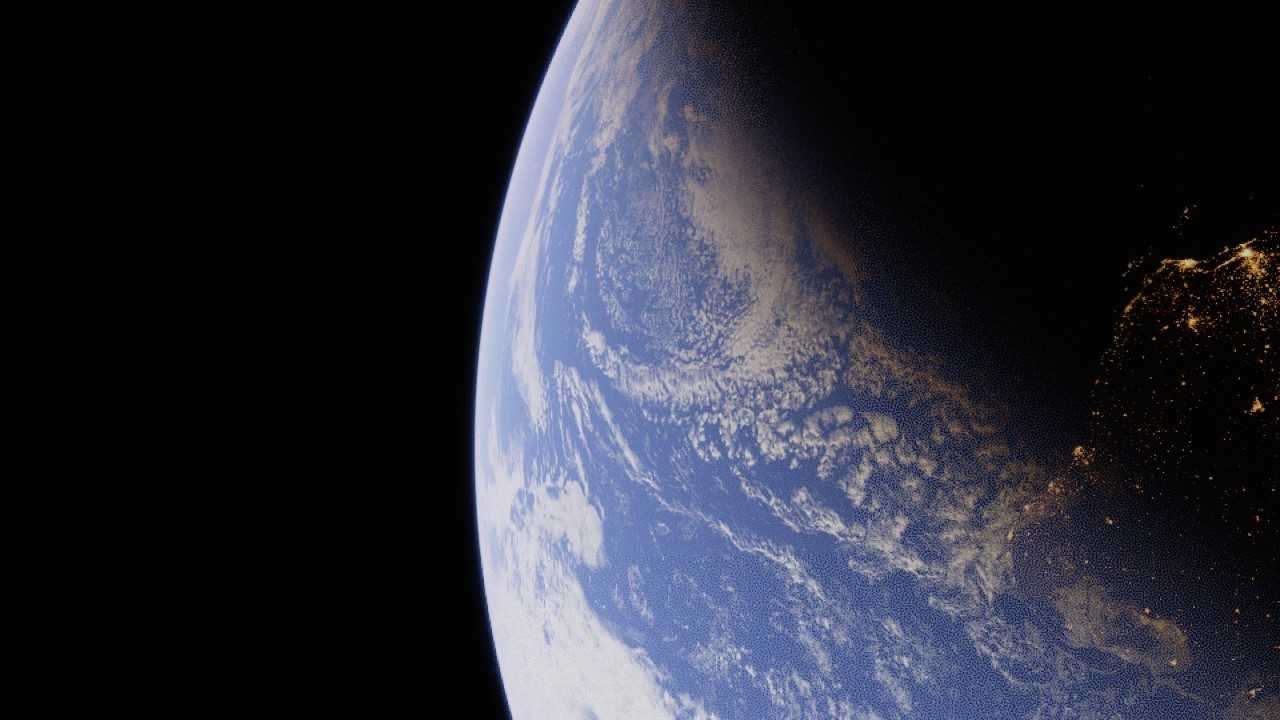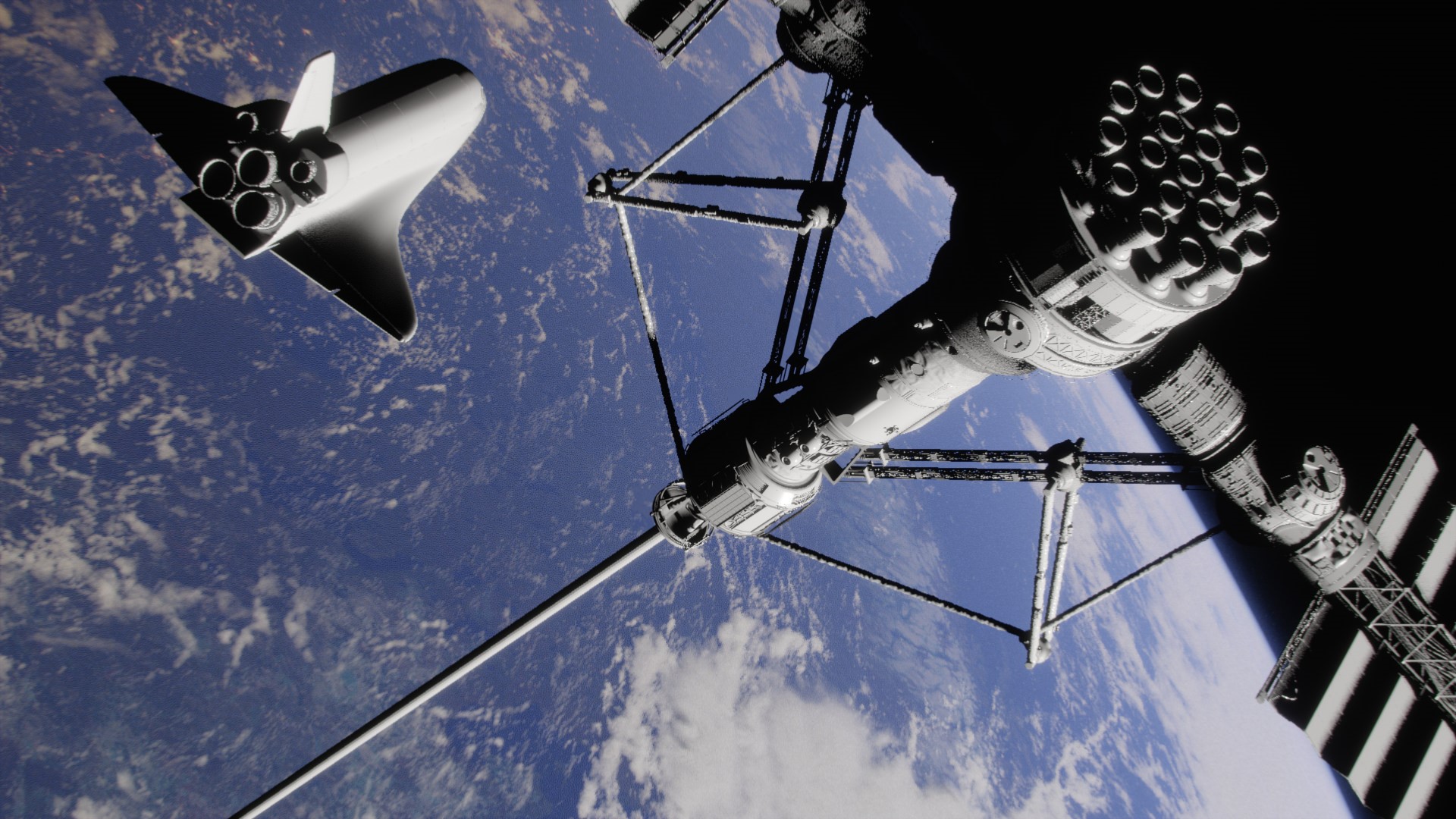 자동차
자동차
 트럭
트럭
 버스
버스
 모터사이클
모터사이클
 군용 차량
군용 차량
 전자 기기
전자 기기
 무기
무기
 건축물
건축물
 항공기
항공기
 가구
가구
 캐릭터
캐릭터
 동물
동물
 우주선
우주선
 음식
음식
 선박
선박
보기
Hi everyone! We continue a series of short interviews with the best artists from Hum3D competitions.
Kieran Russell, the author of great work “A Grave Mistake”, which got Hum3D team choice on the Three D Guns 2 competition, will answer on six questions and give us a look behind the scenes of his work.
– Tell us a little bit about yourself. How did you become a 3D artist?
I first stumbled across my passion for 3D when I was about 11, I used to mess around with a piece of software called Endorphin, by NaturalMotion. I was drawn to the physics, watching the ragdolls bounce around the scene and interact with the environment was great fun. It wasn’t until I searched around trying to find out how to “make it look cooler” that I realized that this was only the beginning of 3D. I slowly branched out into Cinema 4D, doing typography and building robots, It got to a point where doing 3D was my version of playing video games (weird I know). After finishing high school and college I was then hit with the age-old question “what do you want to do with your life”, University had always been something that I had expected to be doing but I never gave it much thought as to what I would study. After a bit of research I stumbled across a “3D animation and VFX course” at the University of Hertfordshire, suddenly being a 3D artist was the only thing that I could see my self doing in the future. So after putting in the effort for my final A-levels I got the required UCAS points for entry into the course and passed the acceptance interview. 3 years and the best time of my life later I had graduated from University, and a week before the final hand in I was invited to an interview for the job of being a runner at “The Mill” an advertising post-production powerhouse, 4 days later I started my first day of work. After a year of running and training, I was finally promoted to 3D artist. I am now approaching my 3rd year as a 3d artist at The Mill!
– What’s your favorite aspect of creating 3D art? Is there something you specialize in and enjoy the most?
My passion has always been modeling, creating something out of nothing and figuring out the best way to go about making the object has always been something I’ve loved doing, nothing is more satisfying than a perfectly smoothed hard surface object with a nice Blinn shader. After that is lookdev, taking a model further and making it look like something that could exist in reality is the icing on the cake. Currently at work in specializing in Digi-Doubles (Making a 3D double of an actor so that we can render the actor doing all sorts of crazy things).
– What or who inspires you today?
Scrolling through the vast quantities of art that people have created on sites such as Artstation is definitely my main source of inspiration, seeing the amazing work that people can create in their spare time is incredible and will always drive me on to be better than I am today.
Also, whilst working around industry veterans I am constantly in awe of the level of work that is possible with CG. Sometimes it can be disheartening seeing such skilled people on the internet and in life, but as long as I see it as a target instead of a comparison I can keep myself motivated to one day become that level.
– Please tell us your five short tips for creating realistic renders?
– Break up! Nothing in real life is perfect, even brand new surfaces will have some level of imperfection. I like to think that each texture channel needs its own breakup, even Diffuse on a solid color object will have some level of staining or difference.
– Reference! reference is the key to be able to create something realistic, building up a solid mental image of how the surfaces and lighting would act in real life will be pivotal to the end quality.
– Lighting! Lighting can make or break any scene, using high-quality HDRI`s or textured gobo`s on area lights combined with a good number of diffuse bounces will make any scene look much more natural. On top of this, making sure the sun is bright is also a must, if you are in a dark area and direct midday sunlight is on the ground it is going to be the brightest thing in the shot.
– Dynamic range! Basing your shadows and highlights on real-world cameras is a good trick to make a scene look more realistic, if your scene has dark shadows and a strong sun then you must either choose to expose the shadows and clip out the sunny parts or expose the sun and crush out the shadows, having an impossibly wide dynamic range will always look very odd.
– Post Processing! Everything that comes out of a renderer is going to be very clean and very sharp, running your renders through compositing software to add Chromatic aberration, lens flares, distortion and lens dust will take the CG edge off of it.
– Could you please show us any images from the work process with a short description.
This was my very first block out of the idea for my space laser.

This was my initial lookdev for the background of the image, its an earth made in Maya with 100 4K udims per channel, for the clouds and the ground.

This is the final model on top of the background.

– Which of your designs are you most proud of and why?
I liked how the earth turned out, making the earth is very difficult and although it’s not perfect I’m still proud of the final level!
It was a pleasure being mentored by you and you’ve been a massive inspiration to me. Thank you